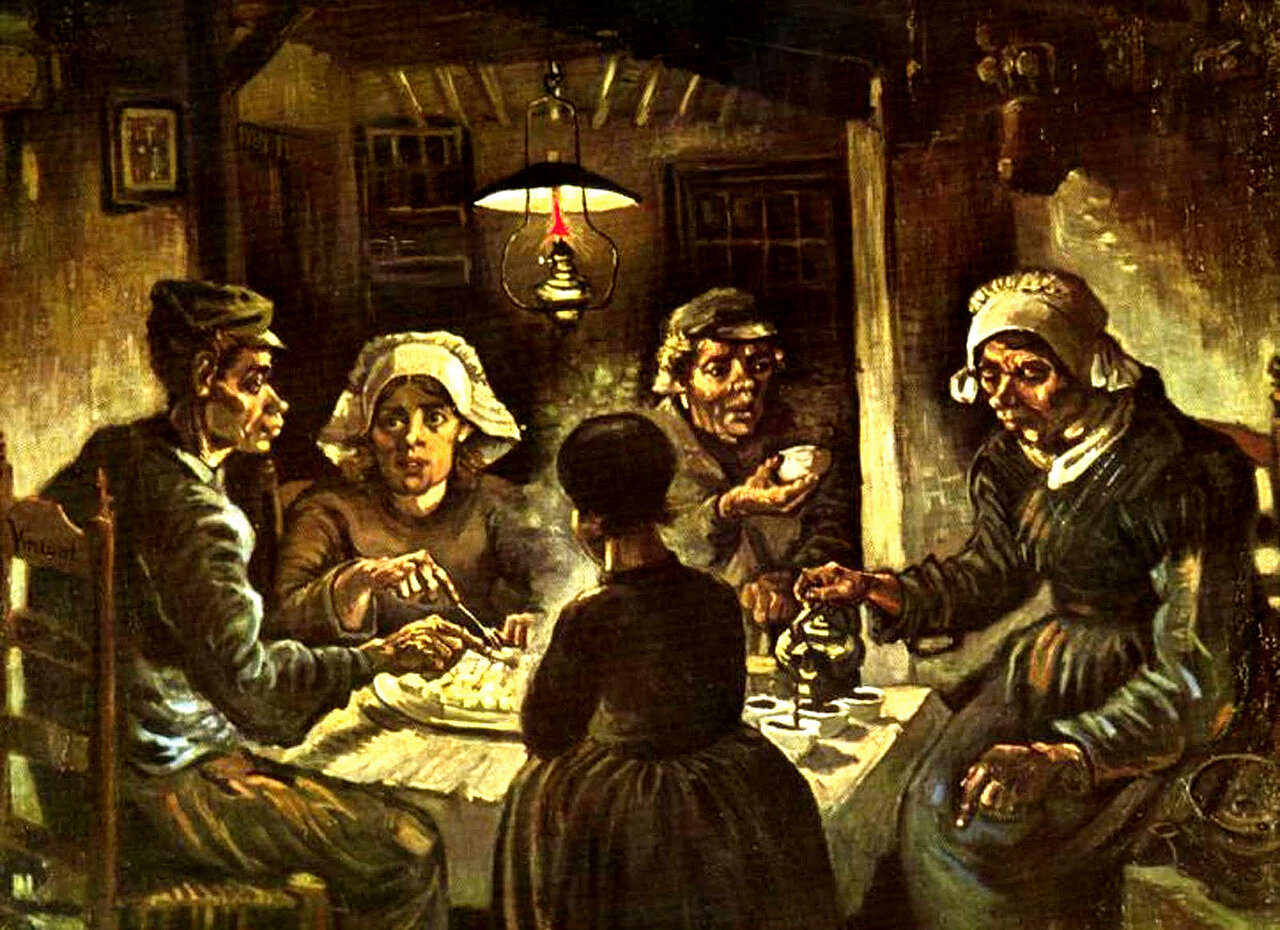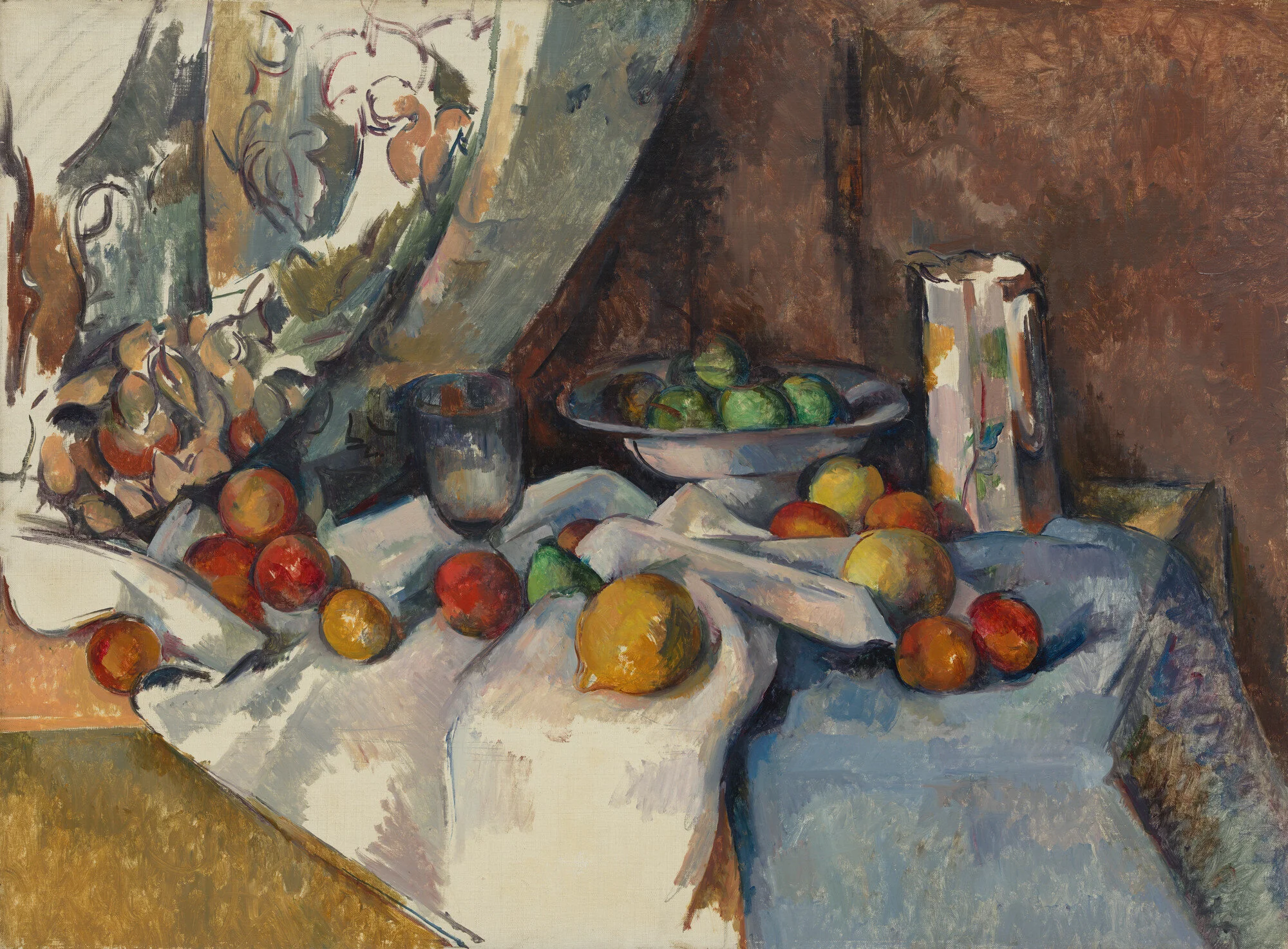Art Discussion : How was it made? III
Vincent Van Gogh
The Potato Eaters
History of the Artist
There is so much to be said about this prolific Artist. I was first introduced to Vincent Van Gogh in a 1st year Art History Course at University.
I remember knowing his name, and his famous painting Starry Night. To me, his work was so unique and different, it made me think, going against the flow could have its reward.
Van Gogh was a true tortured Artist. He bled for his work and wallowed in his own self-made misery and torment. His work allowed him to represent the world as he saw it.
I remember thinking, his brushstrokes are so small, yet this canvases are so large. A mish and blend of moving colour, chaotic and tranquil at the same time. There was comfort in these manic brush marks.
Van Gogh is still one of my all time favorite Artists. I adore this brushwork; the way he pulls you into a world that is so real yet invisible.
His colour palette draws you into a dreamlike state, heightening your senses and inviting you to step into his world.
Method and Mantra
My University Professor loved to subvert our expectations. When she began her lecture on Vincent Van Gogh, we all expected to see that beautiful Starry Night Painting appear on the overhead projector.
Instead, she graced us with this humble and early Artwork,” The Potato Eaters”.
I absolutely adore this painting. It is so gentle, humble and quiet. You know it’s a good painting when you can attach sound to what you see. Almost monochromatic, populated with faces but otherwise empty, this painting pays homage to a quiet unspoken group of early 1900 society.
Creating a Masterpiece
This painting is lit by the light of a single oil lamp in the middle of the room. The danky cast shadows on both the walls and the faces of the Potato Eaters heightens their poverty.
Their hard working hands become as much of a subject as their faces. Each person looks tired but not saddened. Within their meager means and hard life, they find peace, community and calm.
In many ways this painting exemplifies the hidden grace of the Potato Eaters.
Van Gogh uses a lot of Raw Umber pigment in this painting; the colour associated with natural wet mud and dirt. He warms this damp tone with Yellow Ochre and White. The lamp is lit with a burning Vermillion tone creating a focal point for the viewer.
This Vermillion tone anchors us to their faces. We cannot roam the artwork without stumbling upon a face or a tired hand. This painting is full of subjects yet vacant of objects. Simple cutlery, cups and a tea pot are the only objects in this painting.
This painting makes you feel gratitude for the modern life we lead. It ground us in our own privilege and humbles us to those with far less.
Van Gogh makes us contemplate our own privilege 100+ years on.
Dear Readers
I share fantastic Art History tidbits with all my In-Studio and Virtual Classroom Students. I believe that learning how to make Art is only part of your Artistic Journey.
Here at SRA, I foster in you a deep appreciation for all genres of Art.




